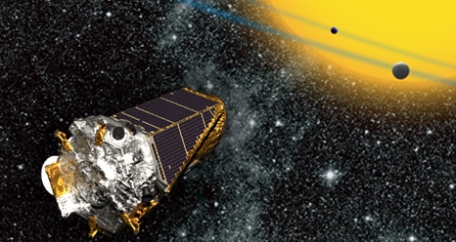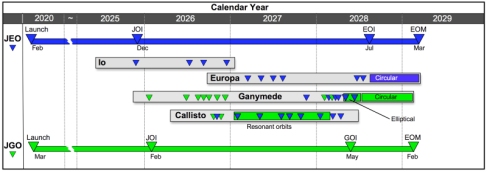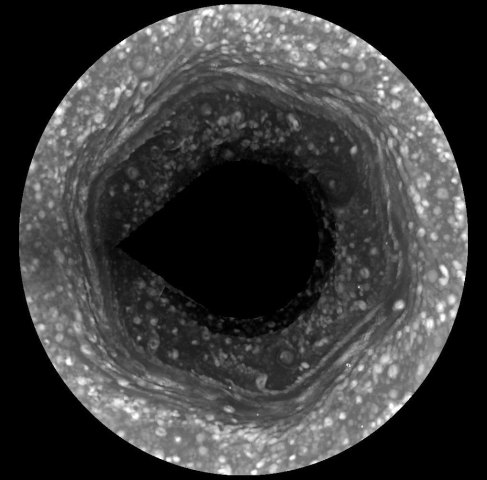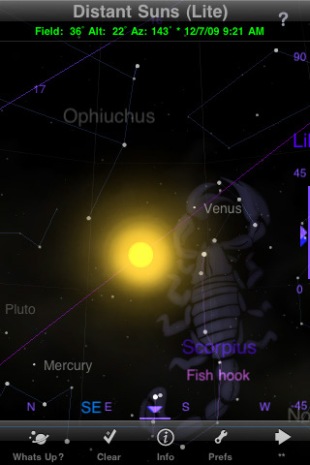I went to NASA’s Astronomy Picture of the Day and found that today’s is a video of the Asteroid Lutitea taken by a flyby of ESA’s robotic spacecraft, Rosetta. We talked extensively in class about the shape and features of asteroids, and this video gives a great representation. You can see by the potato shape that it does not have the internal gravity to be pulled into a sphere. This asteroid is 100 km across, which is the biggest asteroid or comet to be approached by a human-launched spacecraft. It orbits in the main asteroid belt, and as can be seen by its cratered face, it has been heavily bombarded. What is especially amazing to me is the color and smoothness of the surface aside from its craters. It looks like it’s computer generated because of its immense smoothness. Overall, this video is very cool because it is not often that spacecrafts cross paths with asteroids because the asteroids are so spread out in the immense area of the asteroid belt.
-
Recent Posts
Recent Comments
ikestronomy on Kepler Mission Awarded Ex… 787c on Distant Suns iPhone App greenlittlemen on Hexagonal Cloud System on… David Bedard on Jupiter’s moons ikestronomy on Leonid Meteor Shower Archives
Categories
Meta





